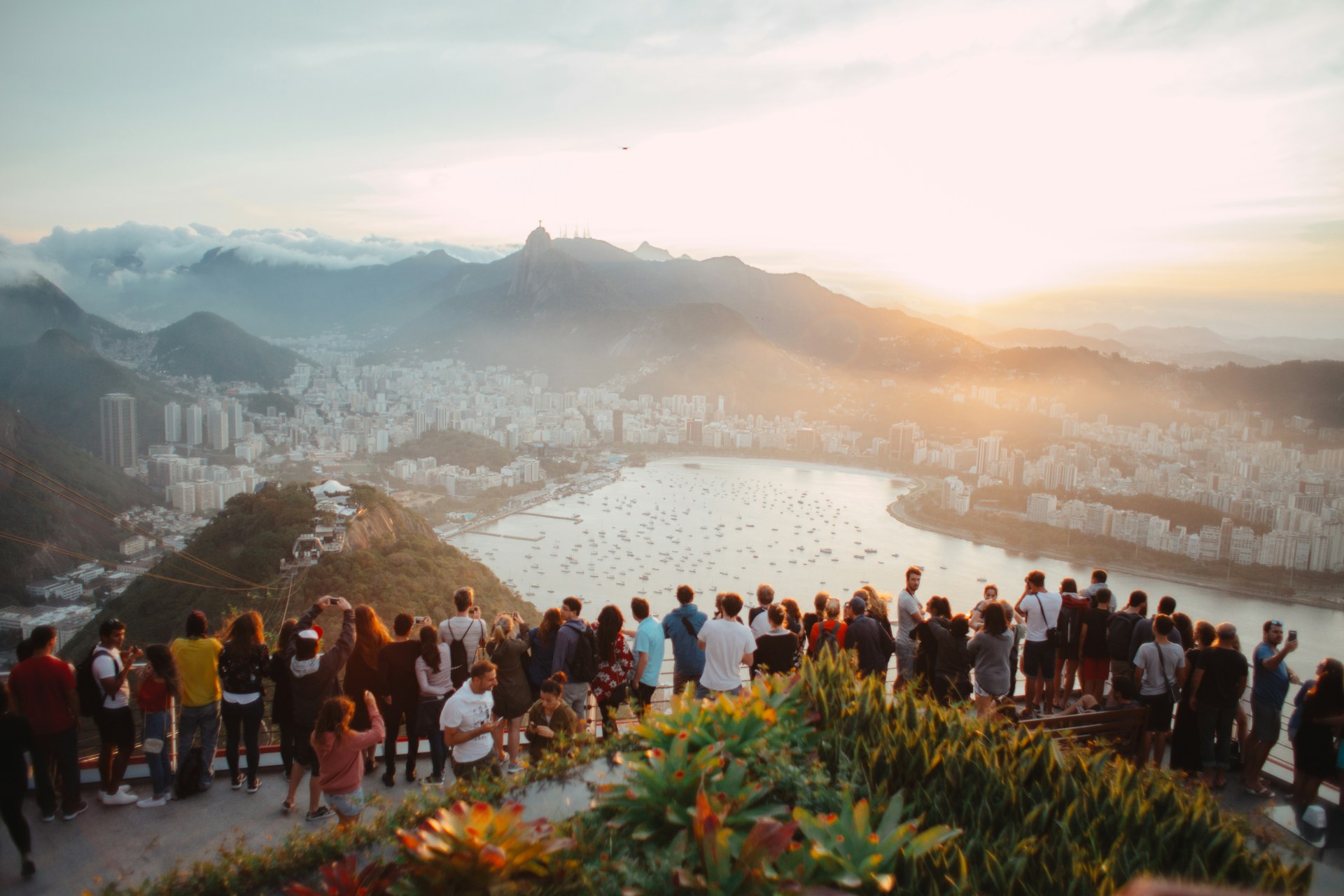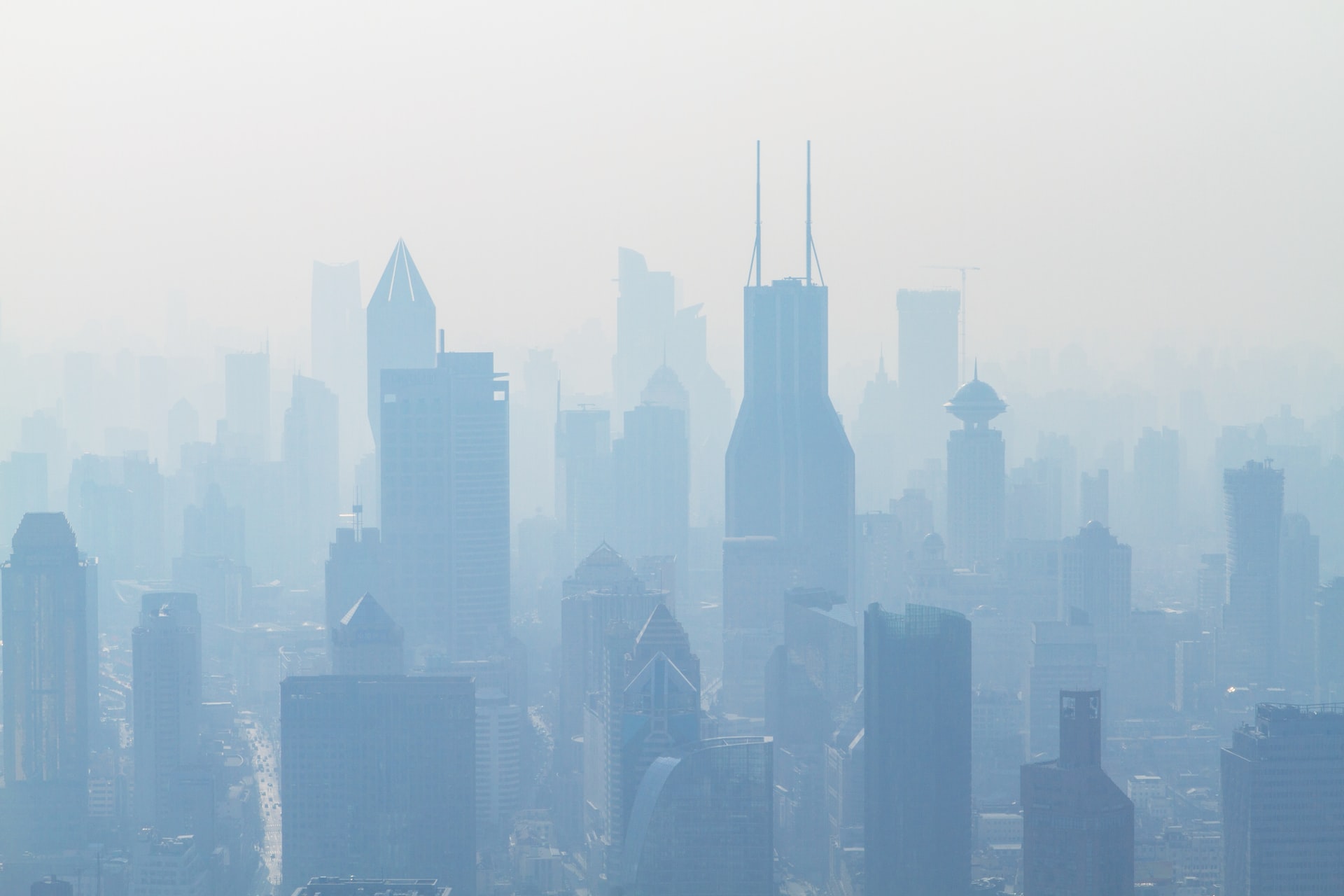Leveraging Travel and Tourism
Dubbed as a once-in-a-century event, the pandemic had a devastating impact on governments, societies, and individuals. Other than being one of the greatest health threats, it greatly impacted businesses.
Considering the way the COVID-19 virus spread and impacted human health, coupled with little knowledge about the disease, several countries were quick to shut their borders, restrict movement, and enforce social distancing.
This had a devastating impact on the travel and tourism sector. Between 2019 and 2020, international tourist arrivals decreased from 1.5 billion to 381 million – a staggering 74% fall. Being one of the key sectors for many advanced and emerging economies, this loss in international tourist arrivals resulted in global GDP losses of $2 trillion and risked 100-120 million direct tourism jobs.
António Guterres, the ninth Secretary-General of the United Nations, aptly stated the importance and the need for rebuilding the travel and tourism sector: “Tourism is one of the world’s most important economic sectors. It employs one in every ten people on Earth and provides livelihoods to hundreds of millions more. It boosts economies and enables countries to thrive… It is imperative that we rebuild the tourism sector. But it must be in a way that is safe, equitable and climate friendly.”
Where Are We Now
The sector is rebounding with a renewed force. Its contribution percentage to the global GDP has increased, along with enabling millions of new jobs and domestic visitor spending, surpassing even the 2019 levels. “The future is very bright. We can predict a record-breaking 2024. The sector’s global economic contribution is set to reach an all-time high of $11.1 trillion, which will generate one in every ten dollars worldwide. The sector is also expected to support nearly 348 million jobs, an increase of 13.6 million jobs on its 2019 record. We trust that our data will support policymakers, industry professionals and individuals engaged in the evolution of travel,” said Julia Simpson, President & CEO of the World Travel & Tourism Council.
To understand the driving factors to this rebound, we will need to understand the elements that are powering the travel and tourism sector. As the impact of the pandemic started withering from 2023, airlines focused on improving their financial health through streamlined operations and stricter fuel efficiency. The global airline industry’s revenue is projected to have fully recovered in 2024, partly due to increased ancillary fees for services like baggage allowance, in-flight Wi-Fi, and priority boarding. Post-pandemic, airlines evolved furthermore by implementing better ventilation, contactless check-ins, and remote work options. Moreover, the recovery period also allowed time for investments in sustainability, including fuel-efficient aircraft and the exploration of alternative fuels.
The pandemic-driven surge in global internet penetration has been effectively utilized by online travel agencies. They leverage this access to provide real-time availability, reviews, recommendations, and a wider variety of travel options, facilitating bookings to less conventional destinations, greatly supporting local communities. Technological innovation is also widening the sector’s scope by bringing in renewed services such as virtual tours, AI chatbots for customer support, and automatic price comparisons between different packages.
Looking Ahead
Several trends are shaping up the sector, even as it evolves post-pandemic. The advent of emerging technologies is enabling implementation of virtual experiences from the convenience of home. Virtual reality (VR) is revolutionizing the tourism industry by offering a plethora of benefits that enhance the travel experience. VR allows potential travelers to immerse themselves in a destination before physically visiting, fostering a sense of anticipation and excitement. By showcasing 360-degree views in high resolution, VR provides a comprehensive preview of a location’s attractions and landscapes. Users can explore these virtual environments at their own pace, creating a personalized and engaging experience.
The tourism sector faces a critical challenge: balancing growth with sustainability. Record numbers of people are traveling now more than before, leading to concentrated tourist flows in popular destinations. This over-tourism is straining infrastructure, disrupting local communities, and fueling regular conflicts between local residents and visitors.
To address this, tourism stakeholders must collaborate to maximize tourism’s benefits while minimizing its negative impacts. Some countries, like Bhutan, have implemented measures such as the Sustainable Development Fee—a daily charge for all visitors—to balance tourism with sustainability. These initiatives help destinations manage visitor numbers while protecting their natural and cultural heritage.
Individual travelers also have a vital role to play. Our travel choices, from destination selection to consumption habits, can significantly impact the industry’s sustainability. By making conscious decisions, we can contribute to a more resilient tourism sector that benefits the economy, society, and the environment.
Photo Caption: The tourism sector is rebounding with a renewed force.



